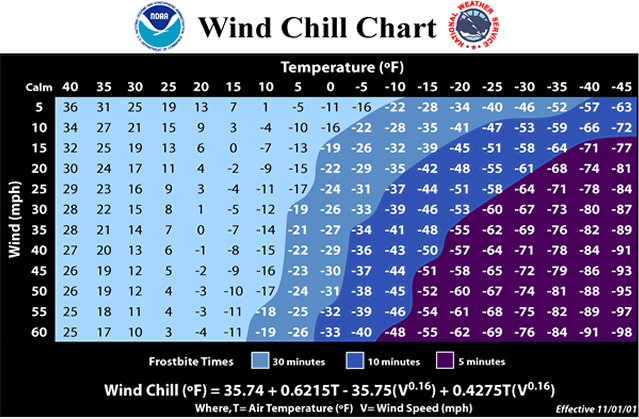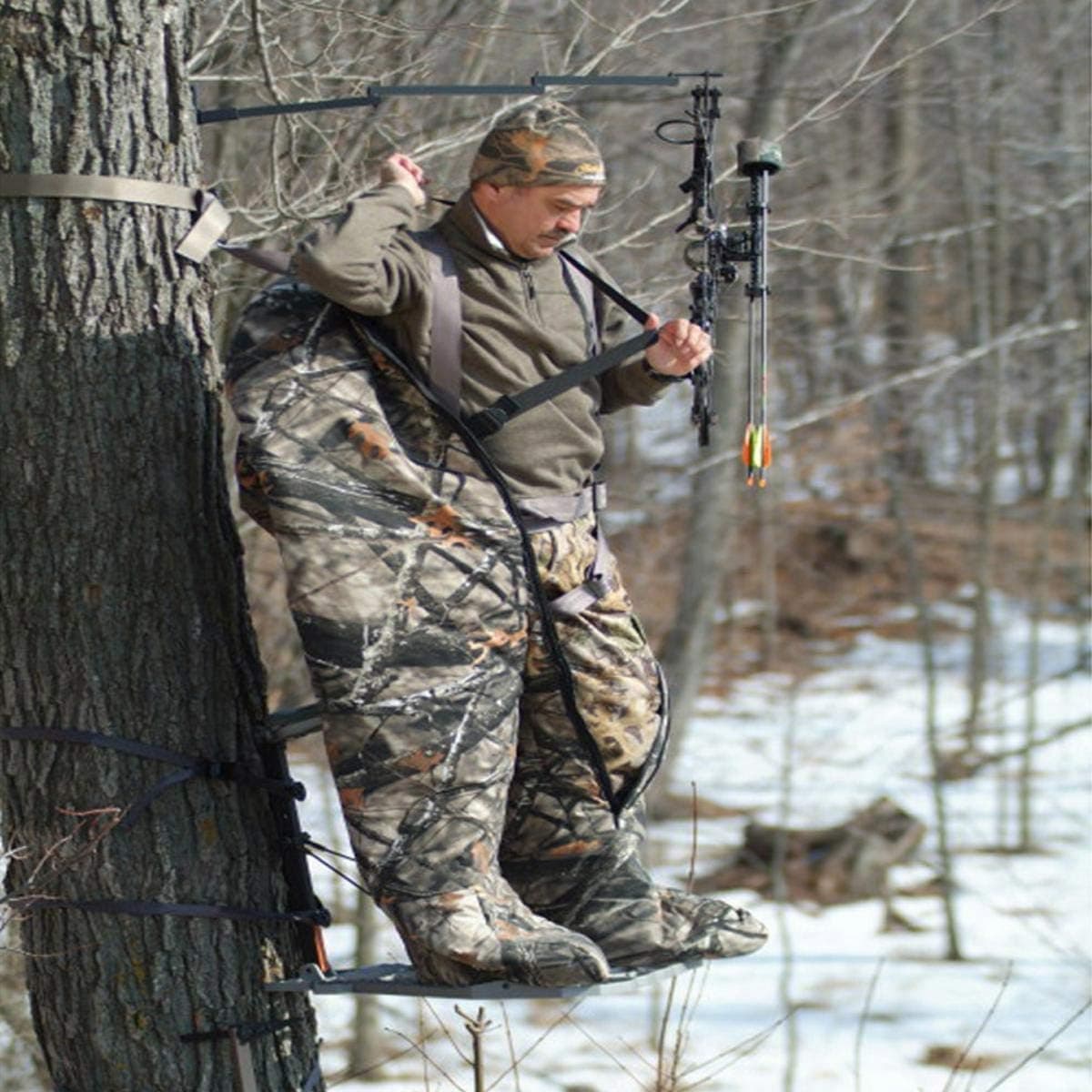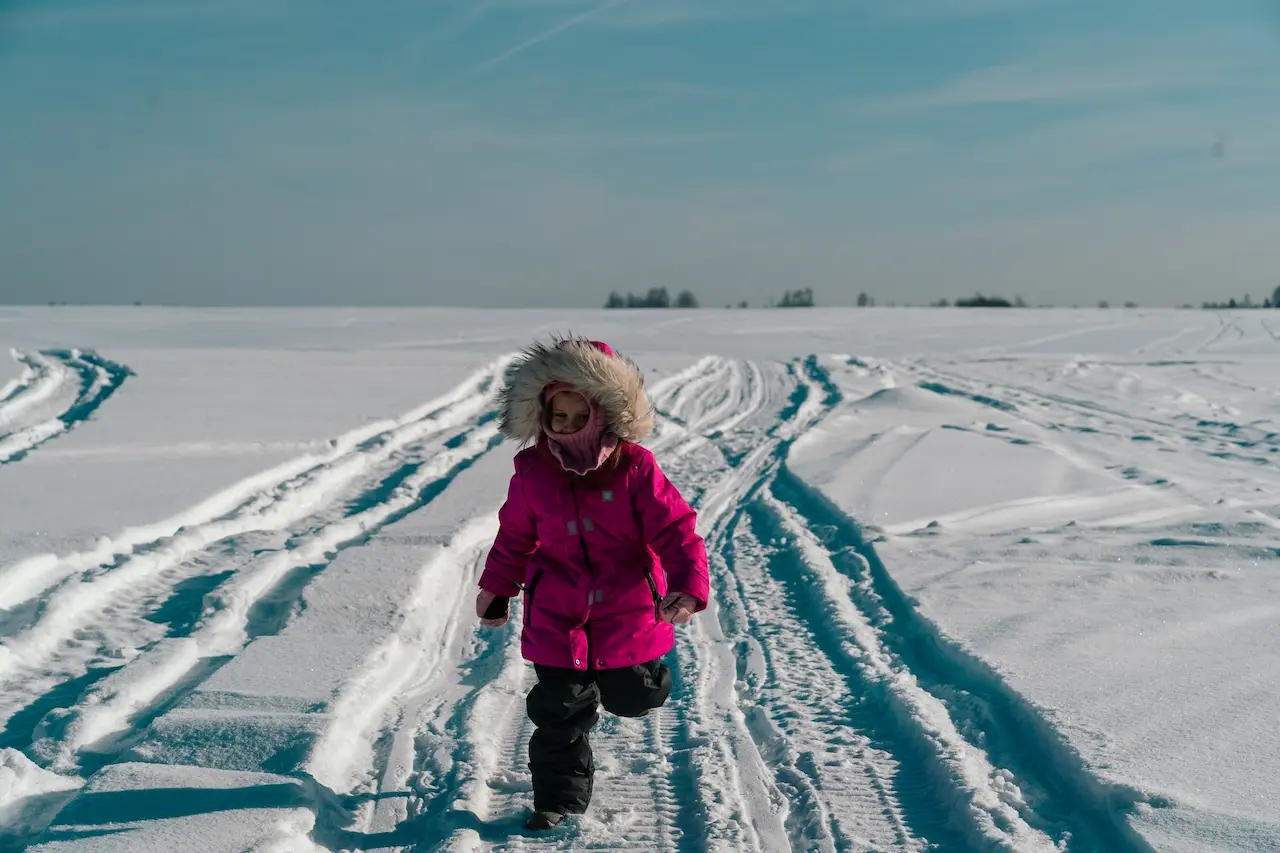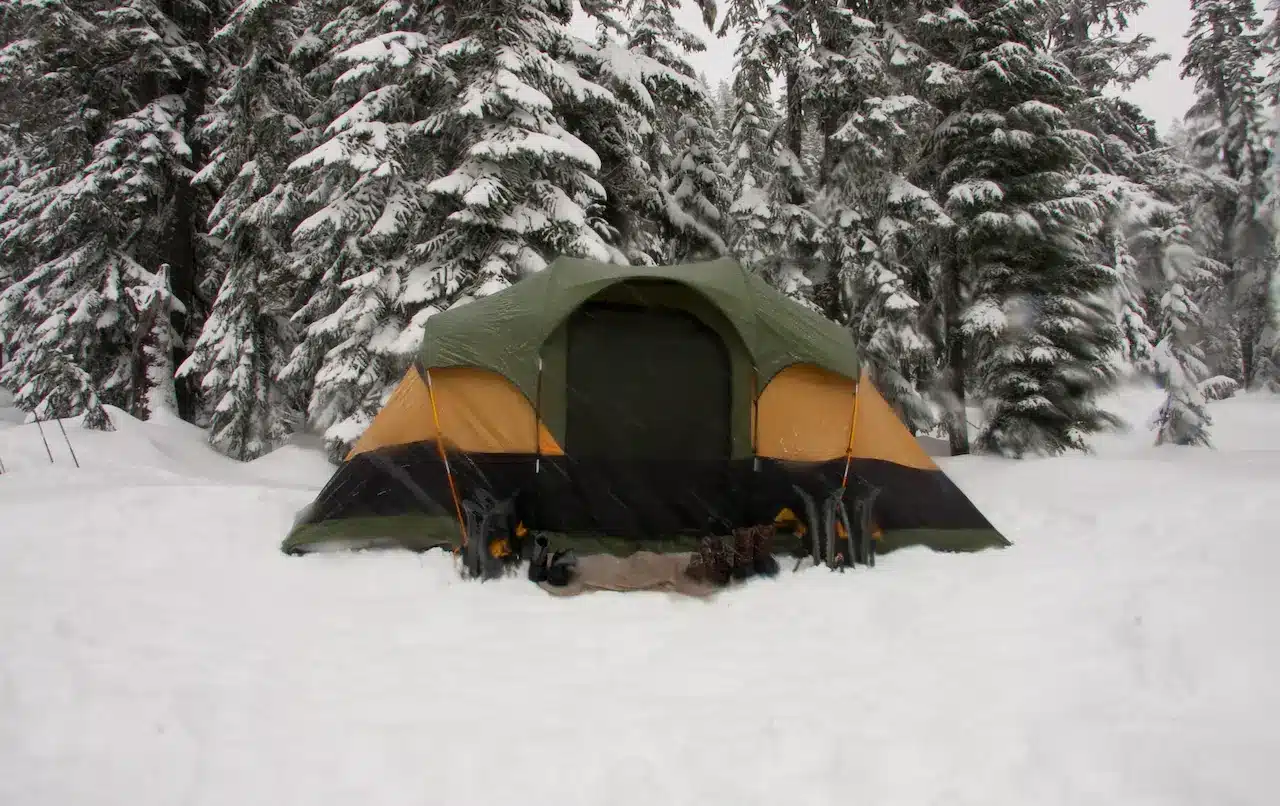How to Prevent and Treat Frostbite When Hiking
How to Prevent and Treat Frostbite When Hiking
Sometimes when we think of frostbite, we think of toes and fingers turning black and falling off. This type of frostbite can lead to an amputation, but it’s not that is common among hikers.
However, if you’re doing any hiking or skiing in colder weather for prolonged periods of time, or get caught in a survival situation, more mild forms of frostbite can occur. So how do we prevent and treat frostbite when hiking and camping?
Avoiding Frostbite While Hiking
When you’re hiking in cold weather, it’s fairly easy to get a mild form of frostbite if you aren’t prepared. The first areas to be affected are the nose, ears, fingers, and toes.
The first step to preventing frostbite is insulation. This is similar to preventing hypothermia, where you make sure you are wearing a proper layering system and drinking and eating enough water and calories.
But even if you’re layered properly, you can get frostbite on exposed areas in high-wind environments.
Cold and wind are a deadly combination. This is why it’s often a good idea to have every inch of your body covered. Even a tiny portion of exposed skin can get frostbite. Wearing proper winter clothing is your best defense against frostbite.
How Do You Protect Your Nose from Frostbite?
A lot of frostbite can happen on the face, especially the ears and nose. One of the best ways to protect your nose from frostbite (and your whole face) is by wearing a face mask.
There’s more than one way to keep your face and nose warm, such as scarfs and balaclavas. but I find face masks to be a lot more secure and cover more areas.
I really recommend the facemask by Seirus. These masks are wind/waterproof and have large enough breathing holes so they don’t get damp from your breathing. Check out the Seirus mask on Amazon.
You may also like Tips For Safe Hiking This Winter
Can You Get Frostbite with Gloves On?
Just because part of your body is covered, doesn’t mean you can’t get frostbite. You can still get frostbite while wearing gloves in extreme weather.
The warmest gloves for preventing frostbite, aside from heated gloves, are mittens with liners. You can even add heat packs to keep your hands warmer.
Can Vaseline Prevent Frostbite?
Does Vaseline help frostbite? In some cases yes. Vaseline acts as a small windshield, locks in moisture, and soothes the skin.
Putting vaseline on lips, ears, and faces has been a practice among runners and cyclers. Of course, if it’s cold and windy enough, or so much will help.
It’s not a bad thing to carry on your trips anyway to prevent dry skin in general, but it’s not something I would personally rely on to prevent frostbite.
How Long Does It Take to Get Frostbite?
The temperature at which you get frostbite and how fast you get frostbite depends largely in the windchill.
The chart above taken from the National Weather Service calculates how fast frostbite will occur on the human face.
At freezing temperatures with wind speeds as low as 15mph, frostbite can occur as soon as 30 minutes.
The 3 Stages of Frostbite
Before you learn to treat frostbite, it’s best to understand its 3 stages.
The 3 stages of frostbite are:
- First Degree – affects only the outer layer of skin and is temporary
- Second Degree – Blisters form but deep tissue is not affected
- Third Degree – Muscles and nerves are affected and big blisters appear
You may also like Do You Need to Worry About Bears in Winter?
How long does frostbite take to heal? Healing will depend on the degree of frostbite, which can take 1-3 months.
First Degree
The first degree of frostbite is called frostnip. Frostnip is a mild form of frostbite that only affects the outer layer of skin. The skin will pale or turn white, red, or yellow, and feel numb.
Early signs of frostbite include pain and tingling. Frostnip is temporary and does not result in permanent damage. Long-term effects may include some insensitivity to the affected areas, which will heal.
Second Degree
During the second stage of frostbite, the skin appears reddened and turns white or pale. The deep tissue remains soft and is not affected. If the skin feels warm, this is a sign the frostbite is becoming more serious.
At this stage, you can expect blisters to appear 1-2 days after. These blisters may become hard and turn dark and usually heal within a month. The area may become permanently insensitive to heat and cold.
Third and Fourth Degrees
During the 3rd and 4th degrees of frostbite, deep freezing occurs. The muscles, tendons, blood vessels, and nerves are all affected.
The person may experience numbness and lose all sensation in the affected area. Large blisters will appear 1-2 days after. The frozen area will turn black and hard.
You may also like Are Timberlands Good for Hiking?
Treating Frostbite in the Field
During the early stages of frostbite, the affected area can be easily reheated with the help of another person via skin-to-skin contact. To treat frostbite in the early stages, place the cold body part up against another person’s warm body part. Place cold feet against warm bellies, tucking fingers under armpits, or holding frostbitten cheeks in warm hands.
Chemical warmers such as Hot Hands can be an easy way to help rewarm the body. These heating pads come in different sizes. They can be fitted inside your boots, pockets, and jacket to help warm chilled body parts.
If the frostbite is more severe and medical help is not available, rapid warming in warm water is the best treatment. Immerse the frostbitten body part in warm water warmed to ~105 degrees Fahrenheit.
If you do not have a thermometer to test the temperature, you can test the water by dipping your elbow into it. The elbow should feel warm, like a hot bath, but not too hot. Keep the frozen body part in the water until it is thoroughly thawed.
There are some considerations to know before making a decision to rewarm a body part in the field.
- If the body part is thawed and refrozen, it is very likely to result in greater damage. If the frozen body part doesn’t have adequate protection, rewarming may not be a good idea.
- Thawing frozen feet will incapacitate the victim, making them unable to walk. The rest of the group will be forced to carry them out if no help is available. Walking on frozen feet will most likely result in little or no further damage.
Keep in mind that rewarming a deeply frozen body part is excruciatingly painful. It may be best to keep the person in a stable condition until medical help arrives.




